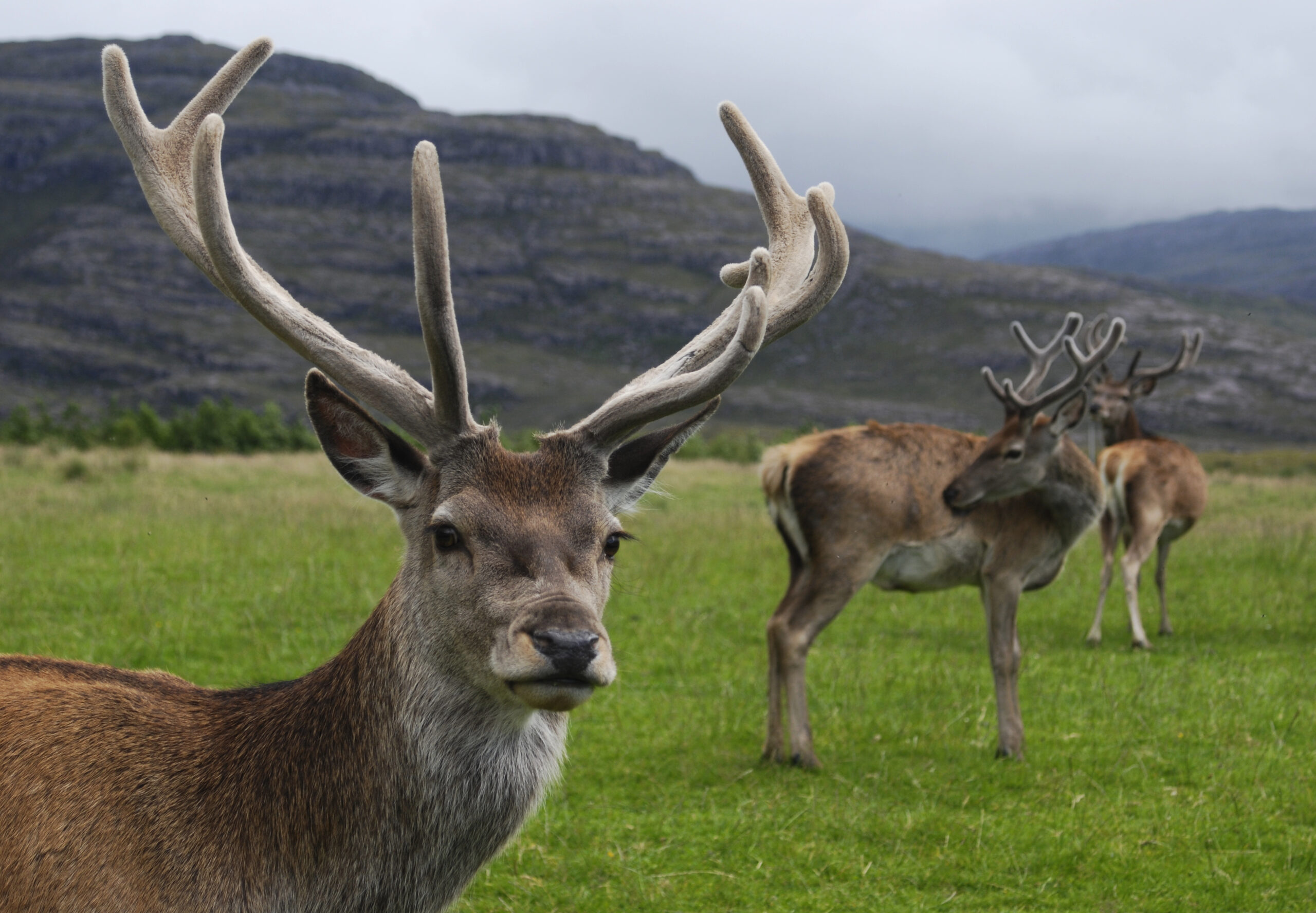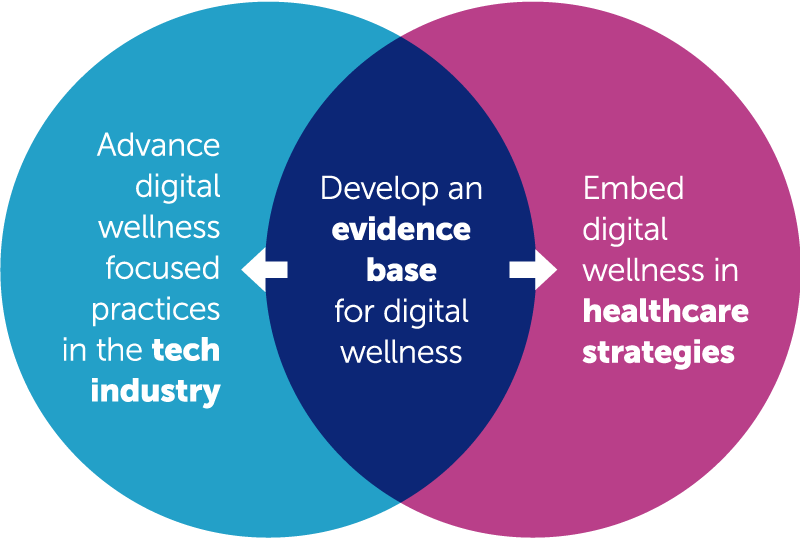Giraffe’s Closest Relatives: The Surprising Family Connections of Earth’s Tallest Mammal
The okapi: giraffe’s only living relative
The giraffe’s closest living relative is the okapi, a remarkable animal that look like a cross between a zebra and a horse but belong to the same family as giraffes. Both species belong to the giraffe family, make them the only two survive members of this ancient lineage. The okapi, native to the dense rainforests of the democratic republic of Congo, share numerous anatomical features with its tower cousin despite their dramatically different appearances.
Scientists have confirmed through extensive genetic analysis that okapis and giraffes diverge from a common ancestor roughly 11 12 million yearalonene. This comparatively recent evolutionary split explain why these animals share indeed many fundamental characteristics, include their unique tongue structure, specialized digestive systems, and distinctive walk gait call pacing, where both legs on the same side of the body move forward moving simultaneously.
Understand the giraffe family tree
The giraffe family represent one of the welwell-nighecialized groups within the order artArtiodactylanremarkably know as regular toed ungulates. This family formerly include numerous species spread across afrAfricasiAsiand eurEuropeut habitat changes and evolutionary pressures have redreduced to scarce two survive species. Fossil evidence reveal that ancient gigiraffesere lots more diverse, with some species resemble modern giraffes while others look more like okapis or display altogether unique characteristics.
The evolutionary journey of the giraffe family demonstrate remarkable adaptation to different environments. While giraffes evolve to exploit the tall acacia trees of afrAfricanvannas, okapis adapt to life in dense forest understories where their shorter stature and striped legs provide excellent camouflage among dappled sunlight and shadows.
Broader evolutionary relationships
Beyond the immediate giraffe family, giraffes share evolutionary connections with other ruminant species. Their next closest relatives belong to the superfamily pecPechorahich include deer, bovids ( (ttle, antelopes, sheep, and goats ),)nd moscorchidsus(deer ). Th)e relationships become apparent when examine share anatomical features such as four chamber stomachs, cloven hooves, and similar reproductive patterns.
Genetic studies have revealed that giraffes and okapis are almost nearly relate to deer among the broader ruminant groups. This connection manifest in several ways, include similar bone structures in their legs and skulls, comparable gestation periods, and analogous social behaviors. The relationship become peculiarly evident when examine the development oossicleses, the horn like protrusions on giraffe heads, which share developmental pathways with deer antlers despite their different final forms.
Distinctive shared characteristics
Giraffes and okapis exhibit numerous share traits that distinguish them from other mammals. Both species possess inordinately long, prehensile tongues that can extend up to 18 inches in giraffes and 14 inches in okapis. These tongues serve similar functions in both species, allow them to grasp and manipulate vegetation with remarkable precision. The tongues too share the same dark coloration, which scientists believe provide protection against sunburn during extended feeding sessions.
Another remarkable share feature is their cardiovascular system adaptations. Both giraffes and okapis have enlarged hearts and specialized blood vessel arrangements to manage blood pressure efficaciously. While this adaptation is almost pronounce in giraffes due to their extreme height, okapisto displayy similar cardiovascular modifications, suggest these features evolve in their common ancestor before the species diverge.

Source: wonderopolis.org
Fossil evidence and evolutionary history
Paleontological discoveries have provided crucial insights into giraffe evolutionary relationships. Fossil evidence show that thegiraffee family formerly include species like sivatherium, a massive gigiraffeith broad, branch ossossiclesat live alongside early humans. Other extinct relatives include samosmothering palaeotragus, which display intermediate characteristics between modern giraffes and okapis.

Source: pinterest.co.uk
These fossil discoveries help scientists understand how environmental changes shape giraffe evolution. As forests give way to grasslands across much of Africa, some giraffes evolve longer necks and legs to access food sources unavailable to other herbivores. Meantime, okapis retain their forest dwell characteristics, efficaciously represent a live glimpse into what early ggiraffesmight have look like.
Genetic research revelations
Modern DNA analysis has revolutionized understanding of giraffe relationships andrevealsl surprising complexity within the giraffe species itself. Recent genetic studies suggest that what scientists traditionally consider a single giraffe species really comprise four distinct species: the northern giraffe, southern giraffe, reticulated giraffe, anMasaiai giraffeThis discovery hasve significant implications for conservation efforts and our understanding of giraffe evolutionary relationships.
Comparative genomics between giraffes and okapis has identified specific genetic mutations responsible for the giraffe’s extreme height and cardiovascular adaptations. These studies reveal that comparatively few genetic changes can produce dramatic morphological differences, explain how giraffes could evolve their distinctive appearance while maintain close relationships with their forest dwell cousins.
Behavioral and social connections
Despite their different habitats and social structures, giraffes and okapis share several behavioral traits that reflect their common ancestry. Both species are broadly solitary or live in loose social groups, unlike the tight herds form by many other African ungulates. They besides share similar communication methods, include infrasonic vocalizations that can travel long distances through their respective habitats.
Reproductive behaviors likewise show strike similarities between the species. Both giraffes and okapis have lengthy gestation periods of roughly 14 15 months, and their young are bear in similar developmental states. The maternal care patterns are too comparable, with mothers keep their calves hide and visit them sporadically for nursing during the first few weeks of life.
Conservation implications
Understand giraffe evolutionary relationships have important implications for conservation strategies. As the only survive members of the giraffe family, both giraffes and okapis represent irreplaceable evolutionary lineages. The loss of either species would eliminate millions of years of unique evolutionary history that can not be recrecovered
Current conservation efforts recognize the importance of protect both species and their habitats. Giraffes face threats from habitat loss, human wildlife conflict, and poach, while okapis contend with deforestation and political instability in their limited range. Conservation programs progressively focus on protect entire ecosystems sooner than individual species, recognize the interconnected nature of evolutionary relationships.
Comparative anatomy and physiology
The anatomical similarities between giraffes and okapis extend beyond obvious features to include subtle details that reflect their share evolutionary history. Both species have similar dental arrangements adapt for browse on leaves, with specialized teeth for strip vegetation and grind tough plant material. Their digestive systems too show remarkable similarities, with comparable stomach chamber arrangements and similar gut bacteria populations for process cellulose rich diets.
Skeletal comparisons reveal that okapis basically represent scale down versions of giraffes in many respects. The proportions of their limb bones, skull structures, and vertebral arrangements follow similar patterns, with giraffes show extreme elongation of features that remain more modest in okapis. This suggests that the genetic mechanisms control body proportion were already present in their common ancestor and were merely amplify during giraffe evolution.
Future research directions
Ongoing research continue to refine our understanding of giraffe evolutionary relationships. Advanced genetic sequence techniques are revealed new details about the timing and mechanisms of giraffe evolution, while fossil discoveries iAfricaca anAsiaia continue to expand our knowledge of extincgiraffeid diversity.
Scientists are peculiarly interested in understand the genetic basis for the dramatic differences between giraffes and okapis, as this research could provide insights into evolutionary processes more generally. Studies of gene expression patterns, developmental biology, and comparative physiology are all contribute to a more complete picture of how these remarkable animals evolve and adapt to their respective environments.
The relationship between giraffes and their closest relatives represent one of evolution’s almost striking examples of adaptive radiation from a common ancestor. While okapis remain hidden in their forest sanctuaries, giraffes tower over African savannas, yet both species carry the genetic legacy of their share evolutionary journey. Understand these relationships not just satisfy scientific curiosity but likewise provide crucial information for conservation efforts aim at preserve these unique evolutionary lineages for future generations.



